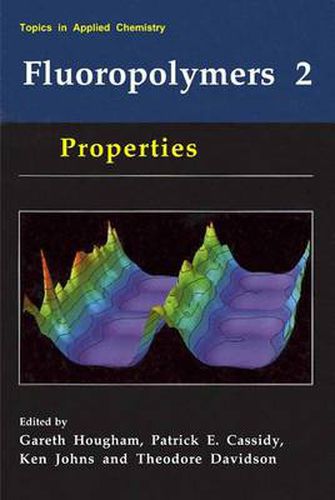Readings Newsletter
Become a Readings Member to make your shopping experience even easier.
Sign in or sign up for free!
You’re not far away from qualifying for FREE standard shipping within Australia
You’ve qualified for FREE standard shipping within Australia
The cart is loading…






This title is printed to order. This book may have been self-published. If so, we cannot guarantee the quality of the content. In the main most books will have gone through the editing process however some may not. We therefore suggest that you be aware of this before ordering this book. If in doubt check either the author or publisher’s details as we are unable to accept any returns unless they are faulty. Please contact us if you have any questions.
The fluorine atom, by virtue of its electronegativity, size, and bond strength with carbon, can be used to create compounds with remarkable properties. Small molecules containing fluorine have many positive impacts on everyday life of which blood substitutes, pharmaceuticals, and surface modifiers are only a few examples. Fluoropolymers, too, while traditionally associated with extreme high performance applications have found their way into our homes, our clothing, and even our language. A recent American president was often likened to the tribology of PTFE. Since the serendipitous discovery of Teflon at the DuPont Jackson Laboratory in 1938, fluoropolymers have grown steadily in technological and marketplace importance. New synthetic fluorine chemistry, new processes, and new apprecia tion of the mechanisms by which fluorine imparts exceptional properties all contribute to accelerating growth in fluoropolymers. There are many stories of harrowing close calls in the fluorine chemistry lab, especially from the early years, and synthetic challenges at times remain daunting. But, fortunately, modem techniques and facilities have enabled significant strides toward taming both the hazards and synthetic uncertainties, In contrast to past environmental problems associated with fluorocarbon refrigerants, the exceptional properties of fluorine in polymers have great environmental value. Some fluoropolymers are enabling green technologies such as hydrogen fuel cells for automobiles and oxygen selective membranes for cleaner diesel combustion.
$9.00 standard shipping within Australia
FREE standard shipping within Australia for orders over $100.00
Express & International shipping calculated at checkout
This title is printed to order. This book may have been self-published. If so, we cannot guarantee the quality of the content. In the main most books will have gone through the editing process however some may not. We therefore suggest that you be aware of this before ordering this book. If in doubt check either the author or publisher’s details as we are unable to accept any returns unless they are faulty. Please contact us if you have any questions.
The fluorine atom, by virtue of its electronegativity, size, and bond strength with carbon, can be used to create compounds with remarkable properties. Small molecules containing fluorine have many positive impacts on everyday life of which blood substitutes, pharmaceuticals, and surface modifiers are only a few examples. Fluoropolymers, too, while traditionally associated with extreme high performance applications have found their way into our homes, our clothing, and even our language. A recent American president was often likened to the tribology of PTFE. Since the serendipitous discovery of Teflon at the DuPont Jackson Laboratory in 1938, fluoropolymers have grown steadily in technological and marketplace importance. New synthetic fluorine chemistry, new processes, and new apprecia tion of the mechanisms by which fluorine imparts exceptional properties all contribute to accelerating growth in fluoropolymers. There are many stories of harrowing close calls in the fluorine chemistry lab, especially from the early years, and synthetic challenges at times remain daunting. But, fortunately, modem techniques and facilities have enabled significant strides toward taming both the hazards and synthetic uncertainties, In contrast to past environmental problems associated with fluorocarbon refrigerants, the exceptional properties of fluorine in polymers have great environmental value. Some fluoropolymers are enabling green technologies such as hydrogen fuel cells for automobiles and oxygen selective membranes for cleaner diesel combustion.